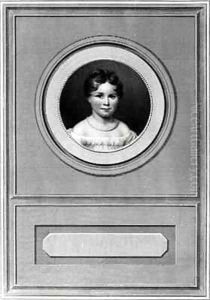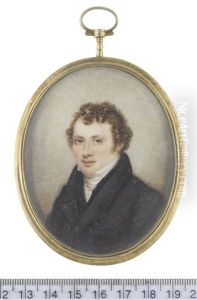Ferriere, Louis Paintings
Louis Léopold Boilly was a French painter and draftsman known for his genre scenes and caricatures. Born on July 5, 1752, in La Bassée, Northern France, he moved to Paris in 1785, where he became famous for his detailed and vibrant portrayals of Parisian daily life during the French Revolution, the Napoleonic era, and the Restoration period.
Boilly was a prolific artist, producing more than 5,000 paintings in his lifetime. His early works were generally light-hearted genre scenes, but as the political climate in France changed, so did the subject of his art. During the Revolution, he shifted towards more politically charged works, and this eventually brought him under suspicion. In 1794, he narrowly escaped imprisonment during the Reign of Terror by painting 'Triumph of Marat,' which celebrated the revolutionary leader Jean-Paul Marat.
After the fall of Robespierre, Boilly continued to find success with his less politically sensitive subjects. His work 'The Arrival of the Stagecoach' is an example of his continued interest in the daily lives of French citizens. In the early 19th century, Boilly also became a pioneer in the genre of trompe-l'oeil, creating works that fooled the eye into believing the objects depicted were real.
Throughout his career, Boilly was recognized for his exceptional skills in capturing the nuances of facial expressions and the bustle of city life. He exhibited regularly at the Paris Salon, receiving a gold medal in 1804. His work fell out of favor for a time after his death, but his significance has been reassessed, and he is now recognized as an essential figure in French genre painting.
Boilly lived through a turbulent period in French history, and his work provides invaluable insights into the social fabric of Paris during this time. He died on January 4, 1839, in Paris. Today, his paintings can be found in many major museums around the world, including the Louvre in Paris and the National Gallery in London.

